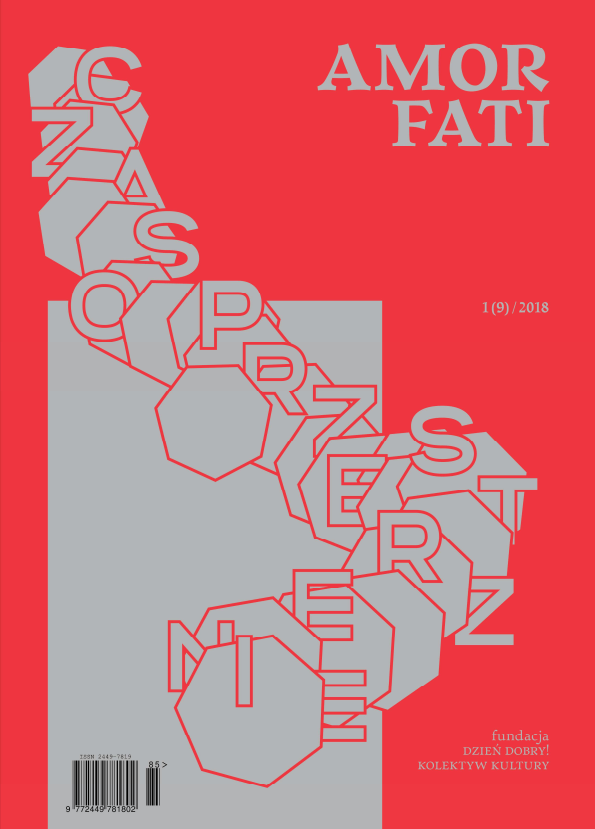Promieniująca czasoprzestrzeń - O statusie czasu i przestrzeni Czarnobylskiej zony
Radiating space-time - On the status of the time and space of the Chernobyl zone
Author(s): Aleksandra BrylskaSubject(s): Philosophy, Energy and Environmental Studies, Cultural Anthropology / Ethnology, Post-War period (1950 - 1989)
Published by: Fundacja „dzień dobry! kolektyw kultury”
Keywords: space-time; radiation; Chernobyl; heterotopia; discourse;
Summary/Abstract: The zone around the Chernobyl Nuclear Power Plant is undoubtedly an exceptional area. The disaster, which took place on April 26, 1986, caused the vicinity around the reactor to gain a dual status – both the real and secretive relationship of the created network of relations and signs. Not only the space itself has been modified, but also the time which stopped to be counted in minutes and hours, but in the period of the decay of individual radioactive isotopes. I treat the space around the reactor both as Foucault's heterotopia and the place of a specific – contaminated – sacrum. This duality (and perhaps even its triple character) of the existence of these areas is a perfect characteristic of Chernobyl space-time. Analyzing them allows to show the cracks and places of contact between the time and space of post-Soviet areas, where radioactive radiation has become the determinant of the boundaries and time intervals. In the article, I reflect how the event of a nuclear disaster changes the experience and existence of the affected space. I ask the question whether radioactive radiation, physically marking a given space and its inhabitants, affects simultaneously the change (specific mutation) of the cultural status of a contaminated area.
Journal: Amor Fati
- Issue Year: 9/2018
- Issue No: 1
- Page Range: 91-111
- Page Count: 21
- Language: Polish

